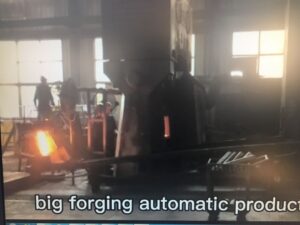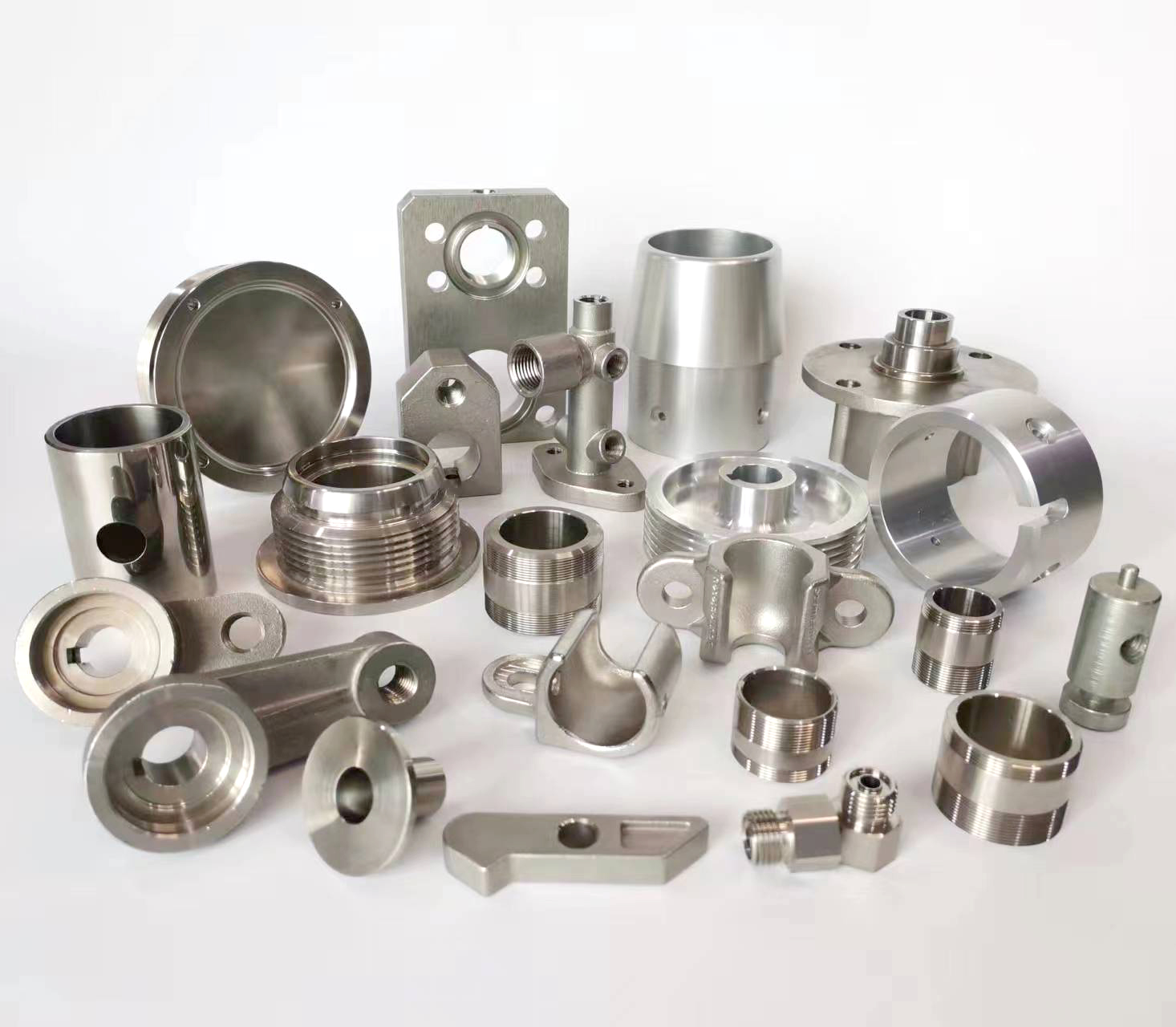
The cooling process immediately following the forging operation is a critical but often overlooked stage in metalworking. It is not merely about bringing the part down to room temperature; it is a continuation of the heat treatment process known as controlled cooling or post-forging heat treatment. The chosen cooling method directly influences the final microstructure, mechanical properties (like hardness, strength, and toughness), residual stresses, and ultimately, the performance of the forged component.
Selecting the appropriate method depends on several factors:
Material Composition: The hardenability of the steel (e.g., plain carbon steel vs. alloy steel).
Desired Final Properties: The required balance of strength and ductility.
Part Size and Geometry: Thin sections cool faster than thick sections; complex shapes are prone to distortion.
Production Volume and Cost: Some methods are more suited to high-volume automation.
Here are the primary cooling methods employed in forging:
- Air Cooling (Normalizing)
This is one of the most common methods, especially for parts made from low and medium-carbon steels.
Process: Forged parts are laid out separately on racks or cooling beds in a still or slightly moving air atmosphere to cool uniformly.
Effect on Microstructure: Promotes the formation of a finer and more uniform pearlitic structure. It refines the grain size that may have grown during forging, improving toughness and strength uniformity.
Applications: Ideal for parts where a good combination of strength and machinability is required. It is often a preparatory step for further heat treatment.
Advantages: Simple, low-cost, and requires minimal equipment.
Disadvantages: Cooling rate is dependent on ambient conditions and part geometry, which can lead to non-uniform properties in complex parts if not managed properly.
2. Slow Cooling (Annealing / Furnace Cooling)
This method involves a very slow cooling rate to produce a soft, ductile, and stress-relieved microstructure.
Process: Parts are placed immediately into an insulating medium or, more commonly, directly into a furnace held at a specific temperature. The furnace is then switched off, and the parts are allowed to cool slowly along with the furnace, often over many hours.
Effect on Microstructure: Results in a coarse pearlitic and ferritic structure, which is very soft and machinable. It maximizes ductility and eliminates internal stresses.
Applications: Used for high-carbon and alloy steels that are prone to cracking if cooled too quickly. Also used to soften parts that have been work-hardened during forging to prepare them for machining.
Advantages: Prevents cracking, minimizes residual stress, and maximizes softness.
Disadvantages: Very time-consuming and energy-intensive, making it a high-cost process.
3. Forced Air Cooling
An accelerated version of air cooling.
Process: High-velocity fans or blowers are used to direct air over the hot forgings.
Effect on Microstructure: Provides a faster and more consistent cooling rate than still air, leading to slightly higher strength.
Applications: Used when a slightly faster cooling rate than normalizing is needed but quenching is too severe. Good for medium-production environments.
Advantages: More control and uniformity than still air; faster throughput.
Disadvantages: Requires more equipment (fans, ducts) than simple air cooling.
4. Quenching
This is the most rapid cooling method, used to “lock in” a high-strength metastable structure.
Process: The red-hot forging is rapidly immersed into a quenching medium. The choice of medium drastically affects the cooling rate:
Water Quench: Most severe quench. Used for low-alloy steels to achieve maximum hardness. High risk of distortion and cracking.
Oil Quench: Less severe than water. Provides a good balance of hardness and reduced risk of cracking. Very common for alloy steels.
Polymer Quench (PAG): A water-based polymer solution that offers a cooling rate between water and oil. Highly controllable by varying the concentration.
Gas Quenching: Using inert gases like nitrogen or argon under pressure. Used for high-value materials like aerospace superalloys to prevent oxidation and control cooling very precisely.
Effect on Microstructure: Forms a very hard and brittle microstructure called martensite.
Applications: Essential for parts requiring high surface hardness and wear resistance (e.g., gears, shafts, tools). Note: Quenching is almost always followed by a Tempering process to reduce brittleness and relieve quench stresses.
Advantages: Achieves the highest possible strength and hardness.
Disadvantages: High risk of distortion, cracking, and residual stresses. Requires precise control and subsequent tempering.
5. Interrupted or Time-Delayed Quenching
Specialized techniques to gain the benefits of quenching while minimizing its drawbacks.
Process:
Martempering (Marquenching): The part is quenched into a hot oil or salt bath held just above the martensite start temperature (Ms). It is held until the temperature equalizes throughout the part, then removed and cooled in air. This minimizes the temperature difference between the surface and core, reducing distortion and cracking.
Austempering: The part is quenched into a hot bath above Ms and held for a prolonged period to allow it to transform into bainite, a microstructure that offers a superior combination of strength and toughness (ductility) compared to tempered martensite at the same hardness level.
Applications: Martempering is excellent for complex shapes prone to distortion. Austempering is often used for spring steels and other high-performance components.
Advantages: Significantly reduces quench cracks and distortion while achieving excellent mechanical properties.
Disadvantages: More complex process requiring precise temperature control baths.
6. Pit / Sand Cooling
A method of very slow cooling.
Process: Hot forgings are placed in an insulated pit, buried in sand, ashes, or another insulating material.
Effect on Microstructure: Similar to furnace cooling, it produces a soft, stress-relieved structure.
Applications: Typically used for large forgings (like large shafts or discs) where placing them in a furnace is impractical. Also used for tool steels.
Advantages: Low-cost method for achieving a full anneal on large components.
Disadvantages: Very little control over the exact cooling curve; process is slow and can take days.
Summary and Key Takeaway
The cooling rate is the dominant factor determining the final state of a forged part. The general rule is:
Slow Cooling (Furnace, Pit) → Softer, More Ductile, Less Stressed
Fast Cooling (Quenching) → Harder, Stronger, but More Brittle and Stressed
Moderate Cooling (Air) → Balanced Properties
Choosing the correct cooling method is not a trivial decision. It is a fundamental part of the manufacturing process defined by metallurgists and process engineers to ensure the forged component meets all its design and service requirements.





